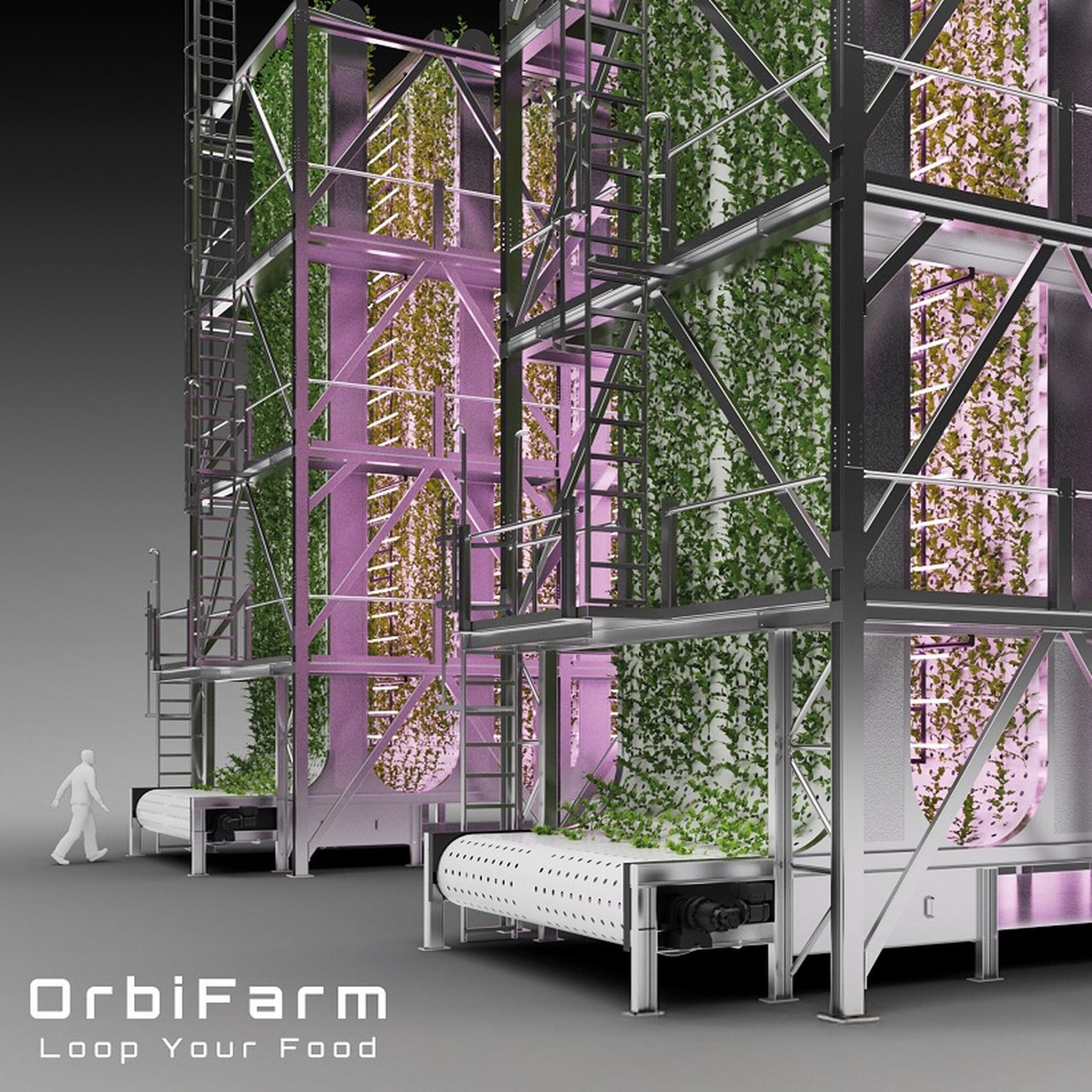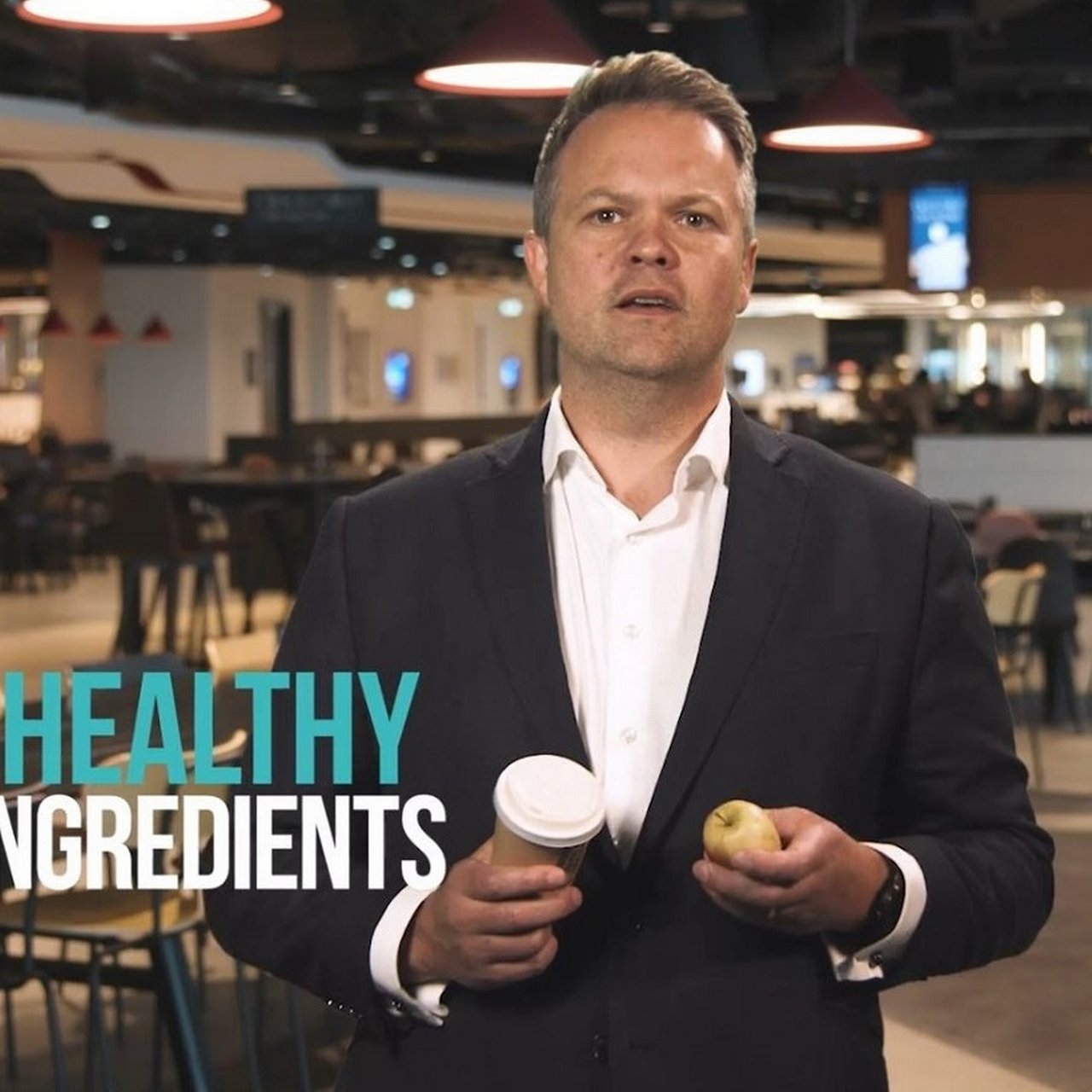
The future of food: between climate change and high tech
Climate change and geopolitical crises are putting pressure on the food sector. Jessica Fanzo discusses technological solutions, emerging food trends like 3D-printed meals, the use of AI, and how sustainable food systems can be shaped for the future.
Professor Fanzo, climate change is often cited as a major factor affecting nutrition and food systems. Can you explain how it currently impacts global food production and the food sector more generally?
Food systems are both victims and contributors to climate change. As a victim, extreme weather events like droughts, floods, and wildfires impact food production, leading to food losses and reduced yields. This affects food availability, cost and access, impacting people's ability to afford a healthy diet. Long-term climate models suggest that crops yield near the equator could decline, posing a serious challenge for the Global South. At the same time, crops in northern latitudes – such as wheat – may benefit from a warmer climate. It's a mixed picture; not all crops will suffer in a warmer world.
Food systems are both victims and contributors to climate change.
What are Food Systems?
Nutrition depends on the effectiveness of food systems. But what does the term “food systems” mean? According to Jessica Fanzo these are the systems in which food is produced, processed, packaged, transported, sold, and consumed. Or, put simply, food systems refer to everything involving food, from farm to fork.
And what about the contributing side?
Food systems contribute significantly to climate change, with agriculture being one of the biggest producers of greenhouse gases. About 30 percent of all emissions come from food systems. Methane is particularly harmful – it is released during livestock farming and rice cultivation in flooded fields. Additionally, food systems are major sources of environmental degradation and pollution, being the biggest users of freshwater resources and drivers of biodiversity loss and deforestation.
This connection highlights how crucial it is to make food systems more climate-resilient and more sustainable.
Another decisive factor influencing food systems is geopolitics, right?
Yes, geopolitical conflicts often affect food systems first. Food is used as a weapon of war – either by deliberately starving populations or by destroying fields, food supplies, or livestock. But access to food can also be restricted through trade wars, tariffs, or export bans.
And the current geopolitical situation is affecting food systems significantly. For example, the current US administration has quickly diminished global food assistance and announced the shutdown of the United States Agency for International Development (USAID) as of July 1. Amongst other things, USAID was responsible for data systems which helped track undernutrition among children – so we knew where to put food aid. This dismantles America’s global reputation and may have severe implications for people on the ground.
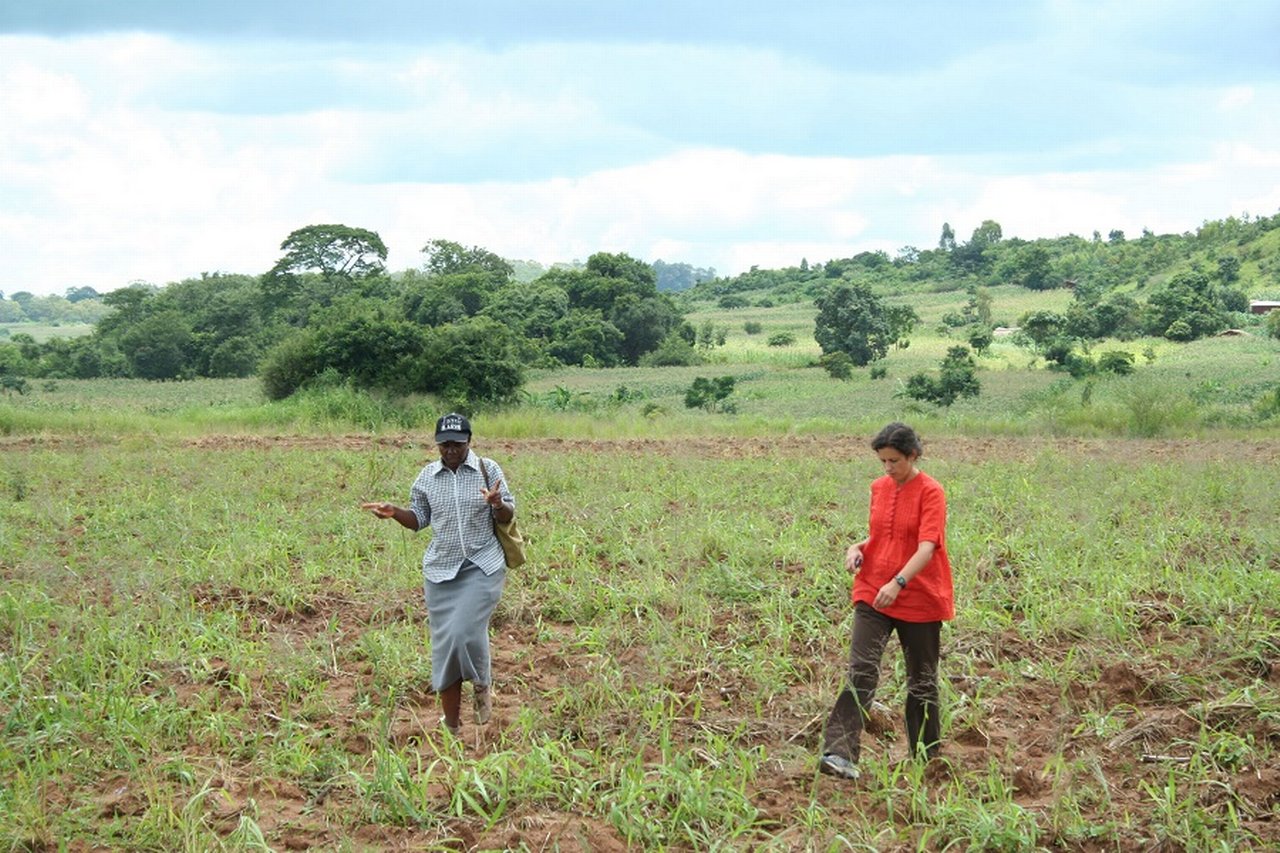
Jessica Fanzo explores local living conditions and agricultural practices in Malawi. Photo credit: Derek White
When we Europeans think of conflicts over food, we often think of Russia’s attack on Ukraine’s agricultural sector. But war and conflict are also disrupting food systems in many other parts of the world …
Absolutely. Sudan, South Sudan, Ethiopia, Somalia, West Africa – the situation in the Sahel region is extremely troubling. And this region is already highly vulnerable to extreme climate events.
Some of the work we have done in post conflict settings shows how conflicts create long term havoc for nutrition outcomes. Even decades after a conflict, countries affected by conflict face some of the highest rates of undernutrition. The ramifications of war and unrest on food security and nutrition goes far beyond the immediate aftermath – it affects entire generations.
Today, 2.8 billion people cannot afford a healthy diet.
The overall political climate right now is pretty worrying, particularly for those who are already reeling from food insecurity. Today, 2.8 billion people – 40 percent of the global population – cannot afford a healthy diet. With all these ongoing trade wars and geopolitical tensions, food prices could rise even further, making the situation even more difficult for these populations.
And then you pile climate change on top of that, and then you have this poly-crisis happening. This is really depressing.
Given these challenges – why is there relatively little public discussion about them?
Good question. There are several reasons. First, global food supply chains generally work quite well, even during crises like the COVID-19 pandemic. As a result, people – especially in high-income countries – tend to assume that food will always be available. Second, climate change discussions often focus on the energy sector, which accounts for around 70 percent of global greenhouse gas emissions. Third, food insecurity is often not immediately visible or obvious – unlike outbreaks of infectious diseases, for example. This makes it seem less urgent in the public eye.
Because of all these factors, governments have historically underinvested in food systems, agriculture, and research and development. The assumption was that food systems were working – so why upset the status quo? However, we know that food systems are in dire need of innovation and investment to ensure they are resilient.
Given the need for solutions, how can technology help mitigate the problems faced by food systems and shape the future food market?
There are numerous innovations worth considering. Advances in seed systems and the use of bio-based fertilizers can reduce the need for chemical fertilizers, which are major contributors to greenhouse gas emissions.
Promising technologies also include vaccines and feed additives that lower methane emissions from cattle. At the same time, significant venture capital has already flowed into the field of alternative proteins – including lab-grown meat.
Circular food systems also hold great potential for reducing food loss and waste. The challenge lies in investing in and scaling these technologies while accounting for the diverse needs of different food systems.
In rural Kenya, for example, investment should focus on technologies that boost food production or improve soil fertility. In contrast, in New York City, innovations that improve access to nutritious food in specific neighborhoods would be more impactful.
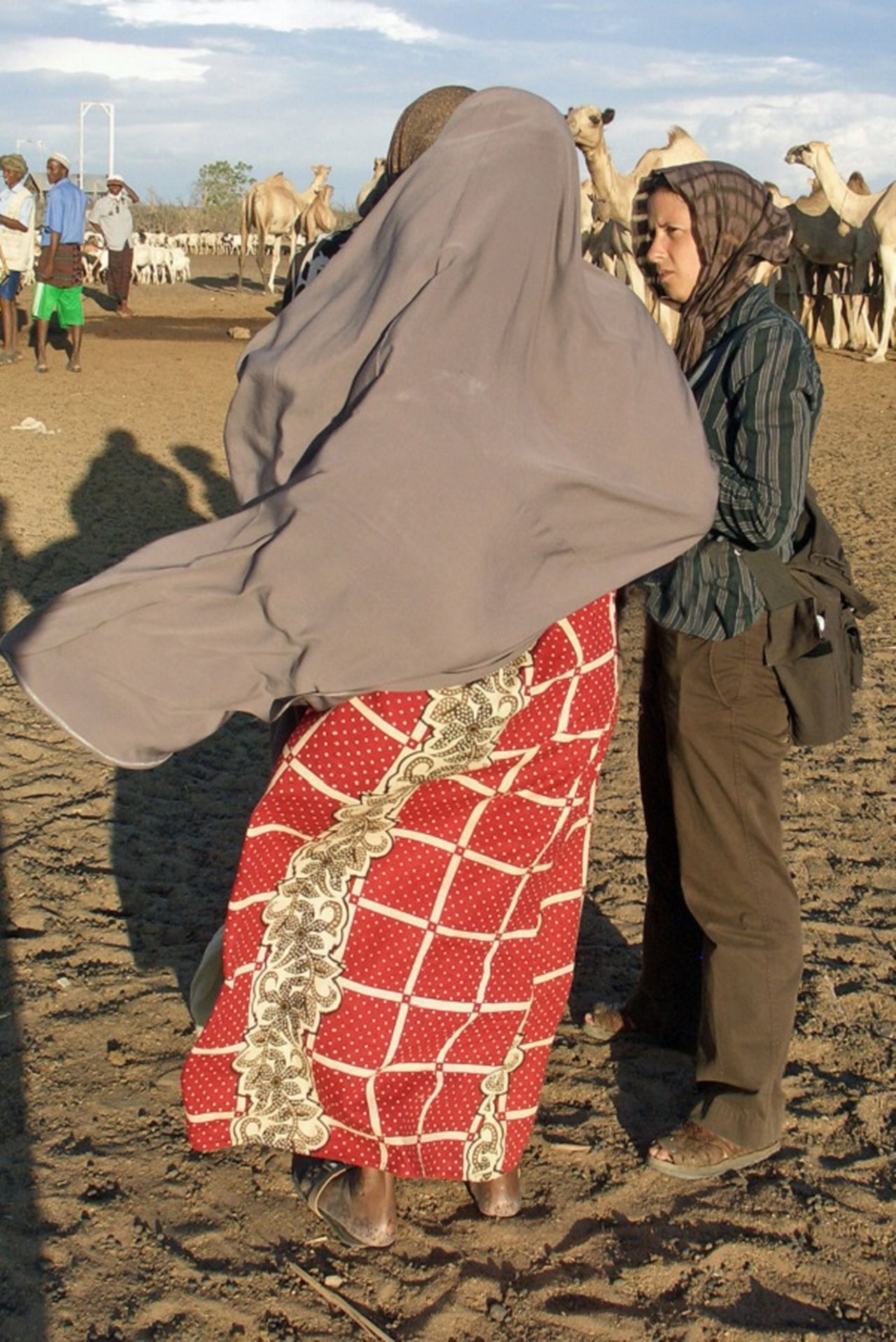
Jessica Fanzo speaks with members of pastoralist communities in northern Kenya. They move with their herds through arid regions in search of grazing land and water. Photo credit: Derek White
AI can accelerate innovation and increase productivity.
Artificial intelligence is often described as a transformative technology. How can it be utilized within food systems?
AI can be applied in various ways – for example, in plant breeding and personalized nutrition. It can accelerate innovation and increase productivity by shortening the time needed to develop new crop varieties. AI can analyze large volumes of genetic data to quickly identify the best candidates for breeding. It can also control optimal light and temperature conditions to speed up plant growth, thereby shortening breeding cycles.
When used responsibly, AI can offer significant benefits to farmers and to food systems as a whole.
You’ve already mentioned alternative proteins. What’s your view on food trends like cultured meat or 3D-printed meat?
I believe in both high-tech and low-tech solutions. Farmers’ knowledge and indigenous knowledge are just as important as certain high-tech solutions, like the alternative protein space which has seen some investment from venture capital.
However, there are political, ethical, and cultural issues surrounding food trends and technologies like cultured meat or genetically modified organisms. Regulation is a huge topic here, and acceptance is another factor.
Technology will be really important when push comes to shove.
I don’t think a lot of people actually want to eat cultured meat. For many, it feels like a kind of Frankenstein food. But if climate action continues to fall short, we may not have a choice. We might have to eat some of these foods, simply because raising livestock in a hotter world will be incredibly difficult. Animals will literally struggle to survive.
So, technology will be really important when push comes to shove.
Understood, but still: a schnitzel from a 3D printer …?
Consumer demand plays a big role. If there’s no demand for these kinds of foods, and people still prefer meat from grass-fed cattle – and are willing to pay for it, since it will likely become more expensive – then that’s what they’ll continue to eat. They may cut back, but then they will take pleasure in an occasional treat.
And the cultural dimension is also important. In Germany, for example, there is a meat-eating culture, right? And people probably don’t want to give up that part of their culture. So, you have to strike a balance between preserving these social and cultural food traditions and the responsible use of technology.
What role can the banking sector play here, how can we be part of the solution?
It is about investment. Some of these technologies and ideas we’ve just discussed will become increasingly important. Agricultural research and development is severely underfunded. AI and machine learning are promising areas for investment. By investing in these technologies, we can accelerate innovation – making things possible in a much shorter time frame that once seemed out of reach.
Plus, there is huge potential in Africa. In the coming decades, the continent will have a large, young population – many of whom will continue to live in rural areas rather than cities. There are still many farmers who could significantly increase their productivity and the diversity of crops they grow. Africa holds enormous promise.
My final question refers to the title of your book: can fixing dinner fix the planet?
Yes, absolutely. To do that, we need to focus on three key areas:
First, we need better management of agriculture. Improved agricultural practices like precision farming – which uses advanced technologies such as GPS, AI, and data analytics – along with crop rotation and sustainable pest management, can increase yields while protecting the environment.
At the same time, practices like no-till farming, agroforestry (where trees or shrubs are grown alongside crops or livestock), and drought-resistant crops can support farmers in adapting to changing conditions.
Second, we need to change people’s diets. Behavioral change is hard, but our diets have already changed dramatically over the past 50 years. For example, we no longer eat meat and potatoes at every meal. There are many ways to support people in making the shift – such as labelling the environmental impact of foods, placing sustainable products more visibly in stores, or using websites and apps to highlight local products and offer tips on reducing food waste.
We waste around 30 percent of all food produced.
Which brings me to the third point: we must reduce food loss and food waste. We waste around 30 percent of all food produced. There are many solutions – apps that help reduce waste in retail, better storage capacity, or composting. But we need more investment to scale these solutions beyond local initiatives and pilot projects.
Overall, we need greater investment in research and development to truly transform food systems in a positive way.
And it would be really worth it – here’s just one number: the economic cost of productivity losses due to food system-related health issues – such as foodborne illness or malnutrition – is estimated to be at least 11 trillion US dollars per year. But if we make food systems more sustainable, change our diets, and reduce food loss and waste, we could cut those costs by at least half.
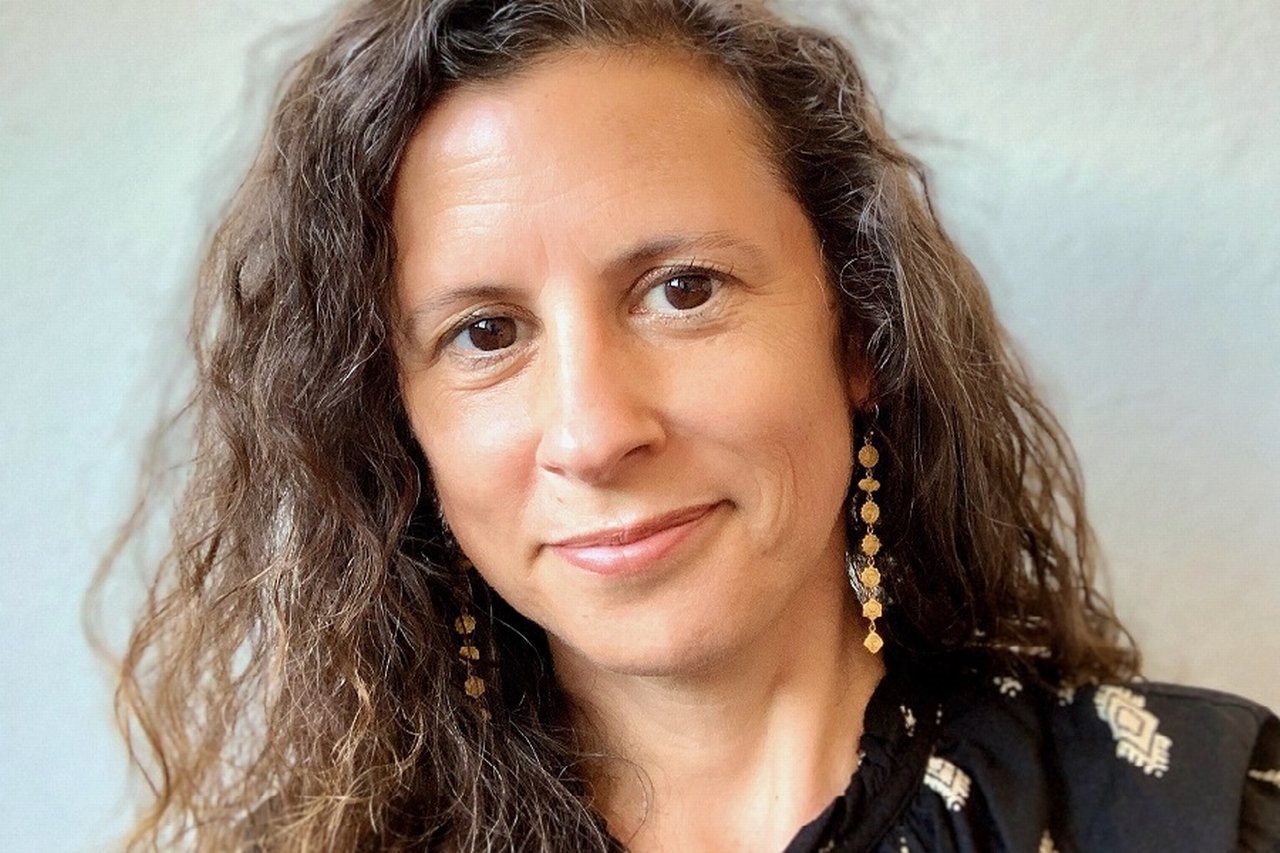
About Jessica Fanzo
Jessica Fanzo is a Professor of Climate and Director of the Food for Humanity Initiative at the Columbia Climate School. She specializes in global food policy, nutrition, and sustainability. She has served as an advisor for, amongst others, the United Nations and the World Health Organization.
Her numerous publications include Can Fixing Dinner Fix the Planet? and Global Food Systems, Diets and Nutrition. In May 2025, she was officially inducted into the National Academy of Sciences.
The Columbia Climate School is Columbia University's school of trans-disciplinary climate research.
This page was published in July 2025

Falk Hartig
… is fascinated by the geopolitical dimension of our food, and by how nutrition has become a matter of global negotiation. Since the interview, he has taken a greater interest in what ends up on his plate each day – and everything that lies behind it.
Recommended content
Entrepreneurial Success | Story
Grows even in the desert Grows even in the desert
Veganz founder Jan Bredack is on a mission to feed the world by producing plant-based protein on an industrial scale.
This vision will become reality with OrbiFarm®. Here’s how.
Entrepreneurial Success | Photo Story
“First, we had to explain to people that this is food" “First, we had to explain to people that this is food”
When Noel Bollmann and Benjamin Kremer founded yfood in 2017 they had to explain their signature product a lot. Noel Bollmann about future plans and the expansion to the US.
Entrepreneurial Success I Video
Nothing works without water Nothing works without water
Why are some drinks so popular? Deutsche Bank's beverage expert Mitch Collett gives answers in this engaging short video.

